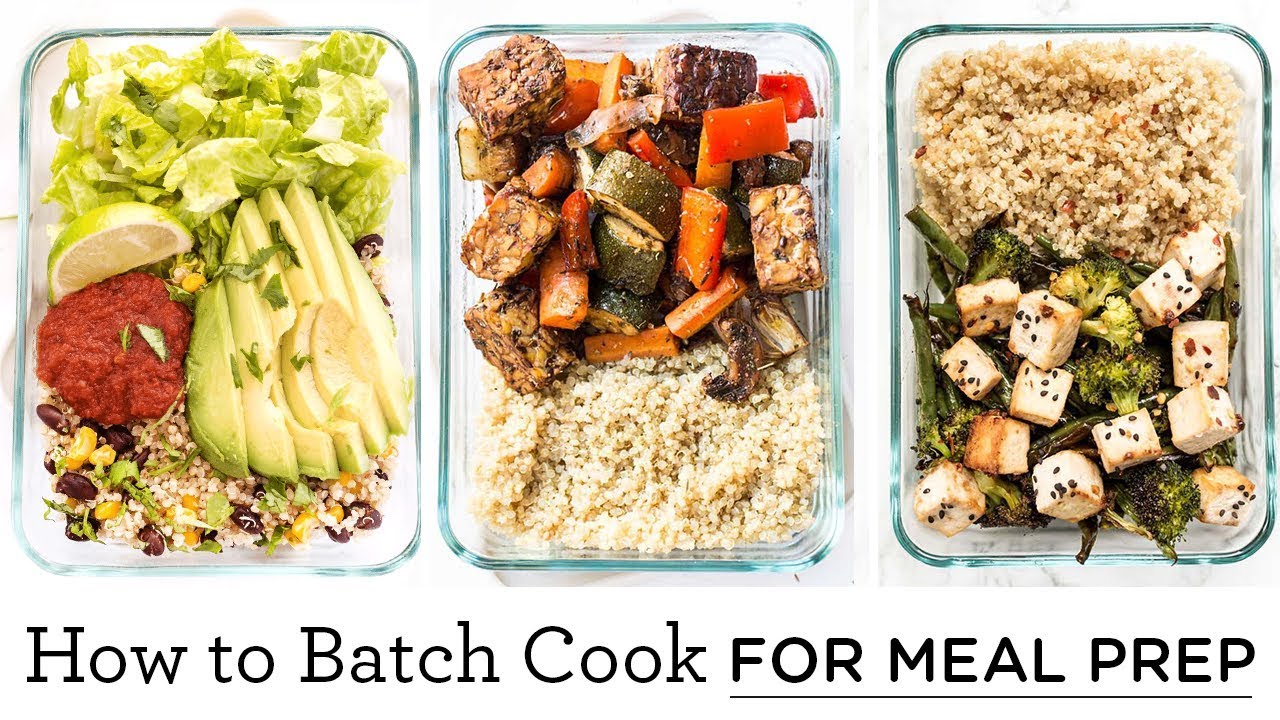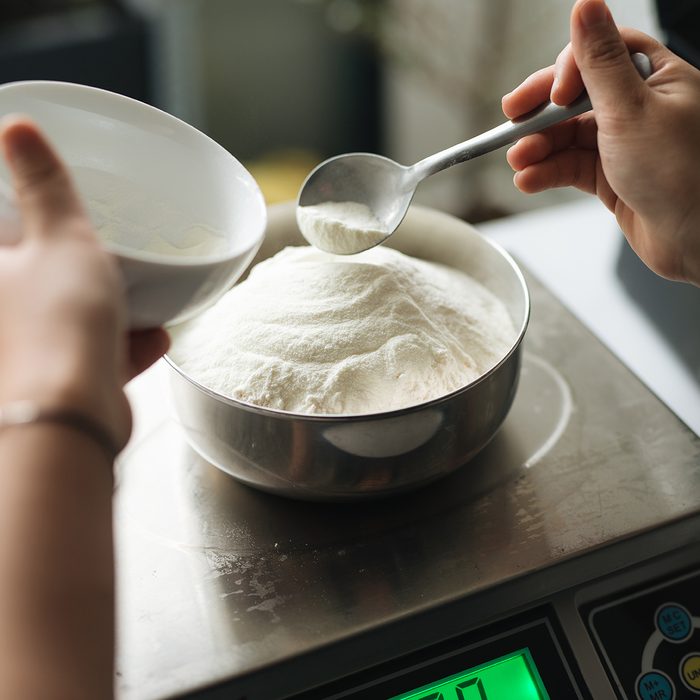
Advanced cooking techniques are something you should try if you love to cook. French and Chinese methods are common. What about Japanese and Chinese techniques? Learn the best methods for poaching and steaming. You will learn how these methods work and what you should do to improve your cooking skills. These techniques can easily be applied to your everyday cooking. These cooking techniques can be applied to your everyday cooking. Keep an eye out for cookbooks with detailed instructions.
French cooking techniques
French cooking is based on traditional methods. French chefs are well-known for placing everything in its right place and cooking slowly at low temperatures. Confit is a slow method that involves slowly cooking a variety food in fat on a low heat. In the same way, sauces are often made with alcohol. Flambeing is usually used for desserts. However it is possible to pour the alcohol into the food while it cooks to give it its flavor.
Chinese cooking techniques
Many complex techniques can be used in traditional Chinese cooking to make your food more delicious. Stir-frying is one such technique. This involves heating oil in an open wok. Stir-frying involves quickly stirring the food until it achieves the desired texture. This is the easiest and most suitable for small ingredients such as vegetables or noodles. Chinese cuisine offers many different cooking methods, including stir-frying.

French technique for steaming
Steaming, which is a cooking method that produces a constant flow of hot air around food to preserve all its nutrients, without adding fat, is a way to cook. Because steam carries more heat than boiling water, it is a gentle cooking technique, and it is perfect for delicate foods. Steam cooks fast and doesn't lose nutrients or color. The French have long been masters of this technique, which can make cooking vegetables and fruits a joy.
Japanese poaching technique
The Japanese have perfected the art and technique of slow-cooking fish. This method involves vacuum sealing food in plastic bags and slow cooking it at low heat. This produces uniform texture, removes aromas and preserves liquids. This is how to poach salmon in Japan.
Vietnamese technique for boiling
A traditional Vietnamese method of boiling rice is simple and highly effective. The method is based on steaming food in bamboo or metal trays. This method preserves the nutrients and eliminates oil. This method can be used for cooking seafood and sticky rice. It is especially helpful for vulnerable people living in developing nations who are heavily dependent upon water resources that are not yet improved. A few precautions are required, though.

FAQ
Where can I buy good quality kitchen equipment?
You can purchase high-quality kitchen equipment online. Many websites offer all types of kitchen equipment for purchase. Before purchasing any kitchen equipment, however, make sure that you read reviews and ratings before buying anything. If you have similar items to purchase, ask your friends and family if they would recommend them.
Is there a difference in a chef and a cooker?
A chef cooks for others. A cook prepares food for his or her own consumption. While both jobs involve preparing food, a chef works directly with customers. This means they may have to decide what to serve guests based on their preferences. The cook doesn't have to interact with customers. Instead, they ensure that the food tastes delicious before they serve it to others.
Are there any ingredients that I must buy in order to make a meal?
There is no need to purchase all the ingredients. You can buy premade sauces or other items at most grocery stores. Pre-made meals are a great way to save money.
How to become a chef
There are many paths to becoming a chef. A course at a local community college or vocational school is a good place to start. Then, look into attending culinary school. A paid internship is another option.
How long does it take for you to learn to cook? What amount of time will it take to master the art?
It depends on your level of skill. Some people are able to learn basic cooking skills in a matter of days. Others may take months or years to master the basics of cooking.
The time it takes to learn how to cook will vary depending on who you are. A person who has never cooked before will likely need more time to learn than someone who is a regular cook. Different types of cooking require different amounts of experience. Baking, for example, requires more experience than frying.
A specific technique will help you cook faster. After mastering one technique, you can move on to the next. You shouldn't stress about how long it takes to learn how cook. Keep practicing and enjoying the process.
Are there any free online cooking classes?
Many websites provide free cooking lessons. YouTube can be searched for videos showing you how to make different meals. Some websites give you access to thousands of recipes. The sites typically charge a monthly fee but you can test them for free for a period of 30 days.
Statistics
- According to the BLS, chefs earn $58,740 a year. (learnhowtobecome.org)
- The median pay for a chef or head cook is $53,380 per year or $25.66/hour, according to the U.S. Bureau of Labor Statistics (BLS). (learnhowtobecome.org)
- On average, chefs earn $58,740 a year, according to the BLS. - learnhowtobecome.org
External Links
How To
How to make a perfect omelet
Omelets are one of my favorite foods to eat at breakfast. But how do you make them perfectly? I've tried many different methods and recipes, but none of them seem to work! I have some tips and tricks to help you make delicious, fluffy omelets every single morning.
It is important to know that eggs can be temperamental when making omelets. Eggs must be purchased fresh, preferably organic, and kept chilled until ready for cooking. If they are not kept cold enough, the whites won’t form properly. The yolks will also break down too quickly and become runny. This can make your omelets look bizarrely colored. It is best to use room-temperature eggs if you are going to cook them right away.
You might also try separating the egg before adding to the pan. The yolk and white should not be mixed together as this can cause the omelet's curdle.
You could end up burning the bottom half of the egg if the egg is added directly to the heat source. Instead, place the egg in the microwave for 10 second before you put it in the skillet. The microwave heat is sufficient to cook the egg without overcooking.
Let's now talk about mixing eggs. When you mix eggs together, you want to beat them well. You can do this by turning the bowl of your mixer upside down. Then, vigorously shake the bowl. The egg will be thoroughly mixed in the bowl as the air is whipped.
Now comes the fun part - pouring the milk into the mixture. Fold the eggs in the milk mixture by first pouring half of it into the egg whites. If you still see streaks of eggs, don't worry. These streaks will disappear once the omelet has been turned over.
After you have folded the eggs, heat the oil in a pan over medium heat. Once the oil has started to sizzle, turn the heat down to low. Add 1/4 cup butter to the oil and swirl it around to coat all sides of the pan. Next, carefully open the lid and sprinkle salt into your pan. The salt will help to prevent the omelet's sticking to the pan.
Cover the pan once the omelet is formed and allow it to cool completely. Flip the omelet with a spatula, or flip it upside down. Cook the other side for about a minute. Serve immediately after removing the omelet from its pan.
This recipe is best made with whole milk. However, it can also be used with skimmed milk.